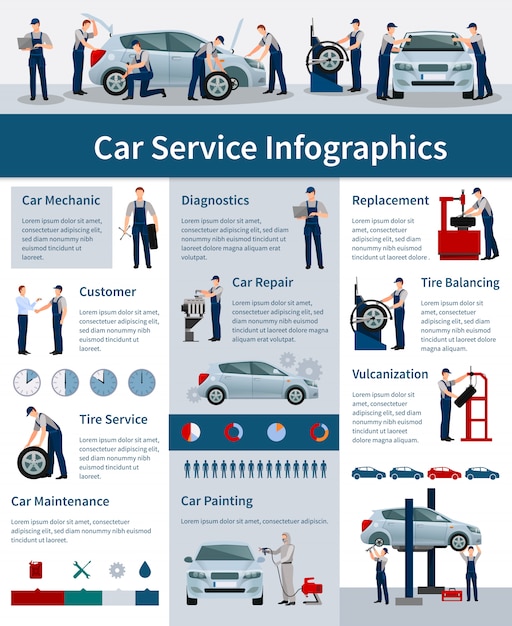Analyzing Your Cars And Truck'S Warning Indicators: What They Truly Communicate
Analyzing Your Cars And Truck'S Warning Indicators: What They Truly Communicate
Blog Article
Short Article Writer-Boye Torres
When you lag the wheel, those beautiful caution lights on your dashboard can be a bit perplexing. Do you recognize what they're trying to inform you concerning your auto's health? Recognizing the significance of these lights is vital for your security and the longevity of your car. So, auto detailers among those lights pops up, would not you intend to understand its message properly and take the needed steps to address it?
Common Warning Lights and Interpretations
Determine usual caution lights in your cars and truck and understand their definitions to guarantee safe driving.
One of the most normal caution lights consist of the check engine light, which indicates problems with the engine or discharges system. If this light comes on, it's crucial to have your automobile inspected promptly.
The oil stress alerting light indicates low oil stress, calling for instant interest to prevent engine damages.
A blinking battery light might suggest a malfunctioning billing system, potentially leaving you stranded otherwise addressed.
The tire stress monitoring system (TPMS) light informs you to reduced tire pressure, affecting lorry stability and gas performance. Overlooking this could bring about harmful driving conditions.
visit link suggests a trouble with the anti-lock braking system, compromising your capability to quit quickly in emergencies.
Lastly, the coolant temperature level cautioning light warns of engine overheating, which can cause severe damage if not fixed quickly.
Recognizing these common warning lights will assist you address concerns quickly and preserve secure driving conditions.
Relevance of Prompt Interest
Comprehending the usual warning lights in your vehicle is only the first step; the relevance of without delay addressing these cautions can't be stressed sufficient to guarantee your safety on the road.
When a warning light illuminates on your control panel, it's your car's method of interacting a prospective problem that requires focus. Neglecting these warnings can result in much more serious troubles in the future, compromising your security and possibly costing you a lot more out of commission.
Motivate attention to cautioning lights can stop breakdowns and accidents. For instance, a blinking check engine light could indicate a misfire that, if left unattended, could trigger damage to the catalytic converter. Addressing this quickly can conserve you from an expensive repair work.
In a similar way, a brake system advising light may signify low brake fluid or used brake pads, critical elements for your safety when driving.
Do It Yourself Troubleshooting Tips
If you discover a warning light on your control panel, there are a couple of DIY repairing tips you can try before looking for specialist help.
The first step is to consult your car's manual to recognize what the particular warning light suggests. In some cases the problem can be as easy as a loose gas cap activating the check engine light. Tightening the gas cap may settle the trouble.
One more common issue is a reduced battery, which can set off numerous cautioning lights. Examining the battery connections for deterioration and guaranteeing they're secure might take care of the problem.
If a warning light lingers, you can try resetting it by detaching the car's battery for a few minutes and after that reconnecting it. Additionally, checking your vehicle's liquid degrees, such as oil, coolant, and brake fluid, can assist fix alerting lights related to these systems.
Verdict
Finally, understanding your auto's warning lights is necessary for maintaining your vehicle running efficiently and safely. By quickly dealing with these notifies and understanding what they indicate, you can stay clear of pricey fixings and potential malfunctions.
Remember to consult your vehicle's guidebook for specific information on each alerting light and take action accordingly to ensure a hassle-free driving experience.
Keep educated, stay safe when driving!
